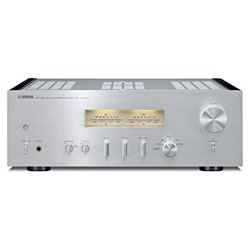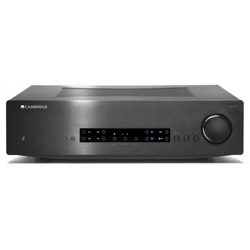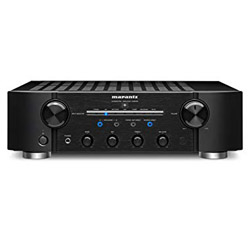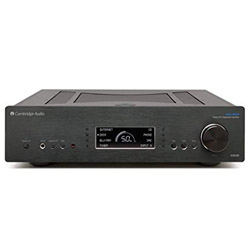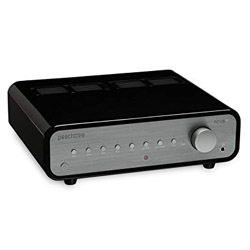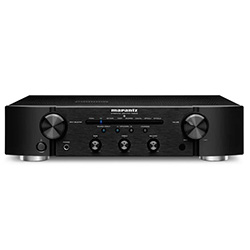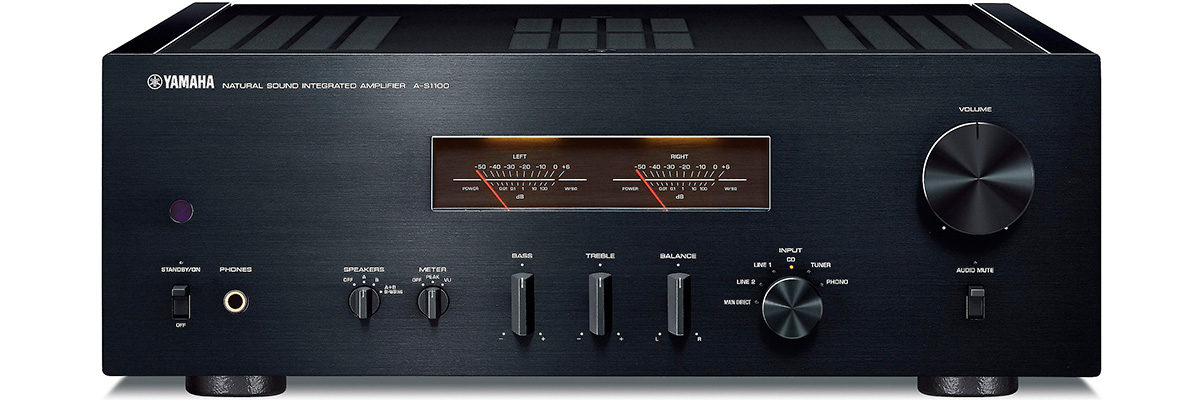 How old is your stereo amplifier? Maybe it’s time to sell the “old horse”, and instead get a “purebred” more modern analogue - the Yamaha A-S1100. In the next Yamaha A-S1100 review, we will talk about the pros and cons of the selected model, summarize the available Yamaha A-S1100 specs.
How old is your stereo amplifier? Maybe it’s time to sell the “old horse”, and instead get a “purebred” more modern analogue - the Yamaha A-S1100. In the next Yamaha A-S1100 review, we will talk about the pros and cons of the selected model, summarize the available Yamaha A-S1100 specs.
Yamaha A-S1100 review
Specs and features
This device, which is a one-stroke amplifier of a special design, provides excellent amplification of both half-waves of an analog audio signal from sources of all types (CD players, digital-to-analog converters, etc.) due to careful fine-tuning for optimal sound quality. Fully realizing the possibilities of single-cycle amplification, the A-S1100 clearly reveals the internal potential of the used audio components, including those made by other manufacturers. It delivers 90W at 8-ohm load.
Design and build
This amplifier uses a fully discrete configuration of all stages of sound reinforcement using only carefully selected high-precision components from input to output. The slew rate of the audio signal has been increased to provide a faster and more powerful response to high musical notes. In addition, tone control circuits can be turned off to activate a fully discrete configuration that bypasses the integrated circuit of an operational amplifier by simply setting the bass and treble tone controls to their center positions. Due to the increased throughput of the high-current line and the use of 100% low-impedance circuits, including wire connections of the main ground points with screw terminals, the A-S1100 extremely efficiently drives loudspeakers acoustic systems.
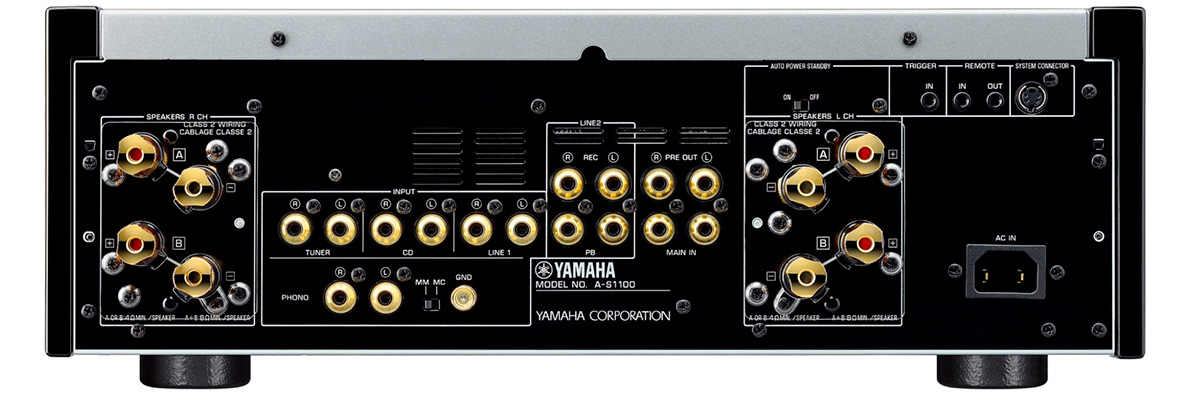
Connectivity
On the board there is a implemented compact circuit for connecting vinyl players. Due to this, you can connect players with both a moving coil (MC) and a moving magnet (MM). The rest is displayed on the back side. By the way, terminals deserve special attention. Like the amplification units themselves, the connectors are clearly separated by a central array of inputs. Through these very central “inputs” you can connect both the mentioned record player and a set of standard products.
Pros and Cons
Pros
- Control knobs and switches operate very smooth with a solid feel
- The connectors are clearly separated by a central array of inputs
Cons
- I wish the volume knob had a tiny LED which would indicate volume level
Common features
Product
Model
Brand
Reviews
Amplifier
Channels
Power output (RMS), W/Ohm
Power output per channel, W/Ohm
Output Impedance, Ohm
Frequency response
THD in stereo, %
Signal-to-noise ratio, dB
Audio features
Digital to analog converter (DAC)
Speaker A/B switching
Pure direct mode
Connectivity
Wi-Fi
Bluetooth
Ethernet (RJ45)
Control
Bass
Treble
Balance
Remote control
Extensive connection
Optical digital input/output
Coaxial digital input/output
Phono (MM) input
Subwoofer output
Headphone outputs
USB
Preamplifier outputs (pair)
Main inputs (pair)
Line level inputs (pair)
XLR inputs (pair)
Record outputs (pair)
DC trigger output (12V)
Remote control input/output (IR)
RS-232
Additional features
Auto power off
Built-in display
Power
Power consumption, W
Power consumption standby, W
User manual
Manual
Dimensions
Size W x H x D, cm/inches
Weight, kg/lbs
Other
Release year


